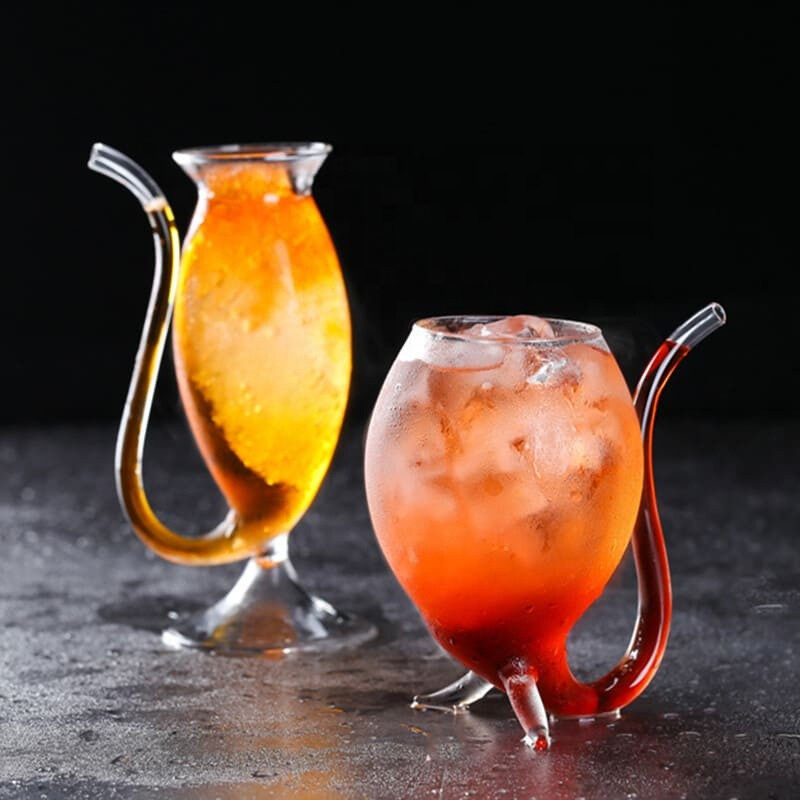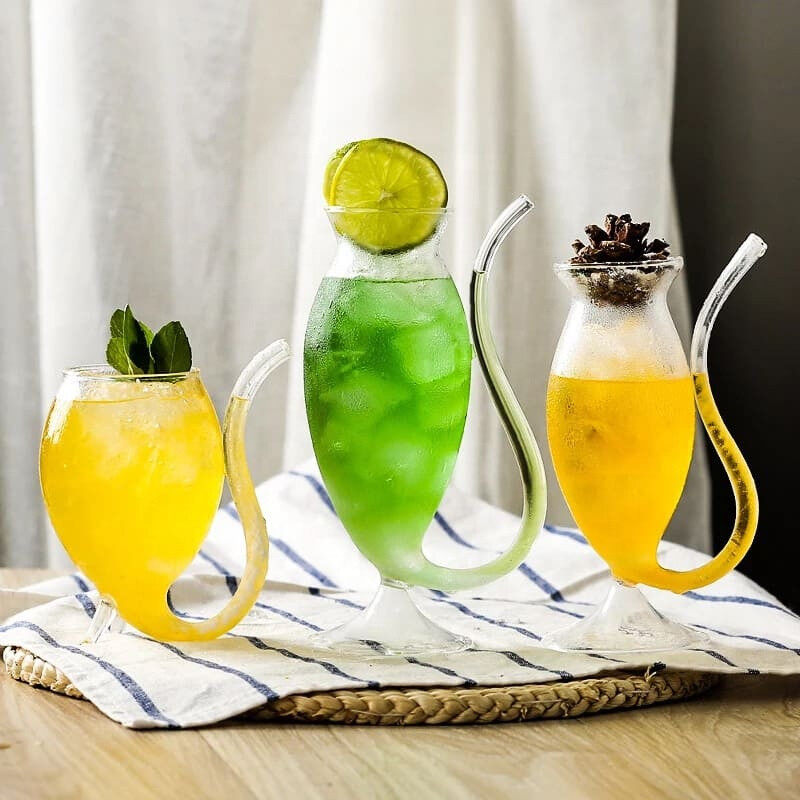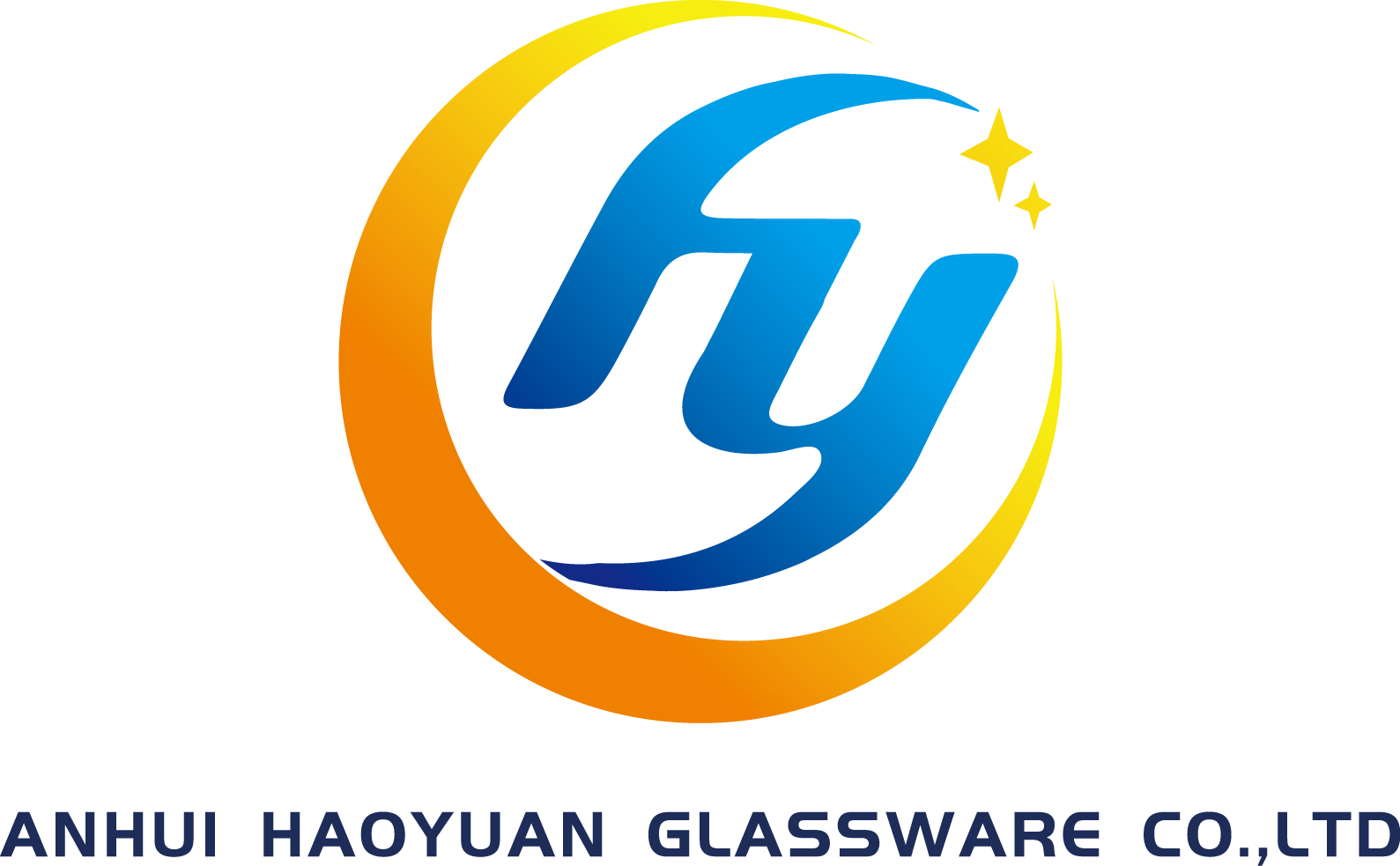Email cannot be empty
Password cannot be empty
Email format error
Email cannot be empty
Email already exists
6-20 characters(letters plus numbers only)
The password is inconsistent
Email format error
Email cannot be empty
Email does not exist
6-20 characters(letters plus numbers only)
The password is inconsistent

Feihong Glass/News

The Art of OEM Wine Bottle Glass Production
Wine is not just a beverage; it's a cultural experience that has been cherished for centuries. The journey of wine from the vineyard to the table is a complex one, involving numerous stages of production, including the crafting of the wine bottle itself. One of the key elements in this process is the OEM (Original Equipment Manufacturer) wine bottle glass, which plays a crucial role in preserving the quality and enhancing the presentation of wine. In this blog, we will delve into the world of OEM wine bottle glass production, exploring its significance, the manufacturing process, and the factors that contribute to its quality.
The Significance of OEM Wine Bottle Glass
The choice of wine bottle glass is more than just a matter of aesthetics; it has a direct impact on the wine's quality and the consumer's experience. A well-crafted bottle can protect the wine from light and oxidation, which are the primary factors that can degrade the wine's flavor and aroma. Additionally, the shape and size of the bottle can influence the wine's aging process and the way it is perceived by the consumer.
OEM wine bottle glass manufacturers specialize in producing bottles that meet the specific requirements of wine producers. They offer a range of customization options, allowing wineries to choose the ideal bottle for their wine, which can enhance the overall branding and market appeal.

The Manufacturing Process of OEM Wine Bottle Glass
The production of OEM wine bottle glass involves several stages, each of which requires precision and expertise. Here is an overview of the process:
-
Material Selection: The journey begins with the selection of high-quality raw materials, primarily silica sand, which is the primary component of glass. Other materials such as soda ash and limestone are also used to lower the melting point and improve the glass's properties.
-
Batch Preparation: The raw materials are mixed in specific proportions to create a batch. This mixture is then fed into a furnace, where it is heated to extremely high temperatures to melt and form a homogenous liquid.
-
Forming: Once the glass is in a molten state, it is transferred to a forming machine. There are different forming methods, such as blow-and-blow, press-and-blow, and machine press, each with its own advantages and suitable for different types of bottles.
-
Annealing: After the bottles are formed, they undergo an annealing process, where they are slowly cooled to remove internal stresses and ensure the glass's strength and durability.
-
Inspection and Quality Control: Each bottle is inspected for quality, checking for imperfections such as bubbles, cracks, or uneven thickness. Advanced inspection techniques, including automated visual inspection systems, are often employed to ensure high standards.
-
Customization: OEM manufacturers offer various customization options, including embossing, silk screening, and etching, to meet the branding needs of wineries.
-
Packaging and Shipping: Finally, the bottles are packaged carefully to prevent damage during transportation and shipped to the wineries for filling and distribution.
Factors Contributing to the Quality of OEM Wine Bottle Glass
Several factors contribute to the quality of OEM wine bottle glass, including:
-
Thickness and Wall Strength: The thickness of the glass walls affects the bottle's ability to withstand pressure and protect the wine from external elements.
-
Color and UV Protection: The color of the glass can provide UV protection, which is essential for preserving the wine's quality, especially for bottles that will be stored for long periods.
-
Aesthetics and Design: The shape and design of the bottle can enhance the wine's presentation and appeal to consumers, reflecting the winery's brand and the wine's character.
-
Recyclability: Many OEM manufacturers are now focusing on producing bottles that are easily recyclable, aligning with the growing demand for sustainable packaging solutions.
The Role of Technology in OEM Wine Bottle Glass Production
Advancements in technology have revolutionized the production of OEM wine bottle glass. Automation has increased efficiency and reduced labor costs, while precision engineering has improved the quality and consistency of the bottles. Innovations such as 3D printing are also being explored for prototyping and small-scale production, offering new possibilities for customization.
Sustainability in OEM Wine Bottle Glass Manufacturing
Sustainability is a growing concern in the wine industry, and OEM wine bottle glass manufacturers are responding by adopting eco-friendly practices. This includes using recycled glass in the production process, reducing energy consumption, and minimizing waste. Some manufacturers are also exploring the use of bio-based materials to further reduce the environmental impact.
Conclusion
OEM wine bottle glass production is a sophisticated process that combines tradition with modern technology. It plays a vital role in the wine industry, ensuring that the wine reaches the consumer in the best possible condition. As the industry continues to evolve, OEM manufacturers will need to adapt to new challenges and opportunities, including the growing demand for sustainable and customized packaging solutions. For wineries, choosing the right OEM partner can be a key factor in the success of their wine, enhancing both its quality and its market appeal. As we raise our glasses to the art of winemaking, let us also toast to the unsung heroes of the industry—the OEM wine bottle glass manufacturers.

